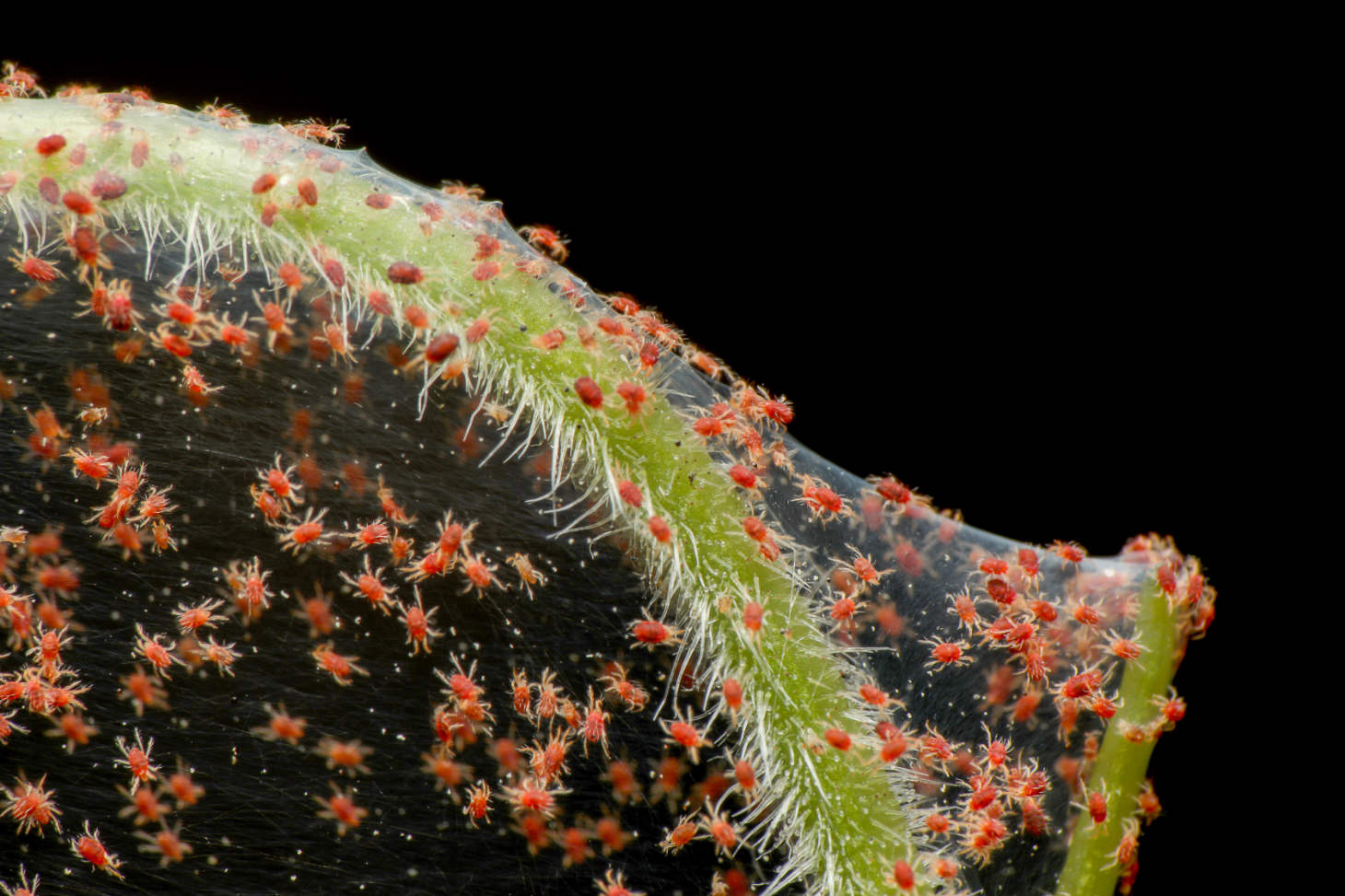Cactus Spider Pest: Identification and Control
Cactus plants are popular for their unique look and low care needs, but spider pests can quickly become a problem. These tiny pests, like spider mites, often go unnoticed at first. They can make fine webs and cause yellow or bronze spots, slowly sucking the sap from your cactus and damaging it over time.
Recognizing and controlling spider pests early is important to keep your cactus healthy and looking its best. You might spot thin webbing, tiny moving dots, or discolored patches on your plant. Simple care habits, like keeping your cactus clean and checking it often, can stop an infestation before it spreads.
Key Takeaways
- Be alert for signs of spider pests on your cactus.
- Regular cleaning and checks help prevent pest problems.
- Fast action protects your plants and keeps them healthy.
Understanding Cactus Spider Pests
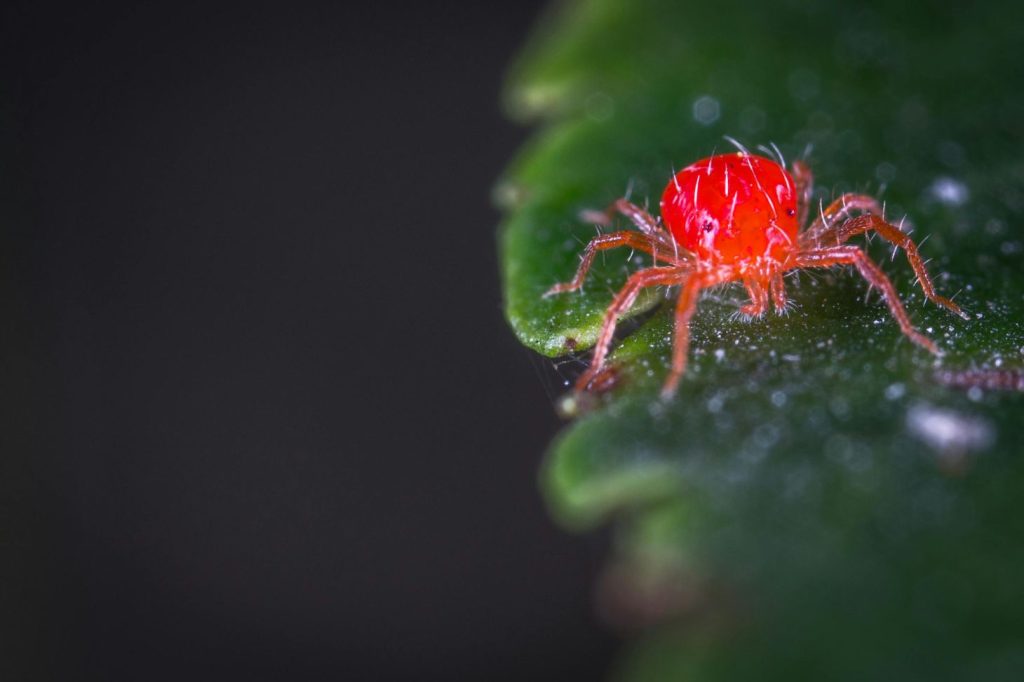
Spider mites are one of the most common pests that affect cacti and other succulents. Knowing how to recognize, identify, and understand these pests is key to keeping your plants healthy and free from damage.
Types of Spider Mites Affecting Cacti
Spider mites are tiny arachnids, not true insects. The most common species found on cacti and succulents are the red spider mite (Tetranychus urticae) and the two-spotted spider mite. These pests target a range of succulent plants such as aloe, agave, crassula, and perennial cacti.
Key species:
| Species Name | Appearance |
|---|---|
| Red Spider Mite | Reddish or yellowish-green with two dark spots and is very small |
| Two-Spotted Spider Mite | Pale, yellow, green, red, brown, or black, and typically has two dark spots |
Red spider mites are particularly harmful because they multiply quickly. They thrive in hot, dry indoor environments and are attracted to dusty plant surfaces. General “spiders” are rarely a problem for cacti since they typically do not feed on plants.
Identifying Signs of Infestation
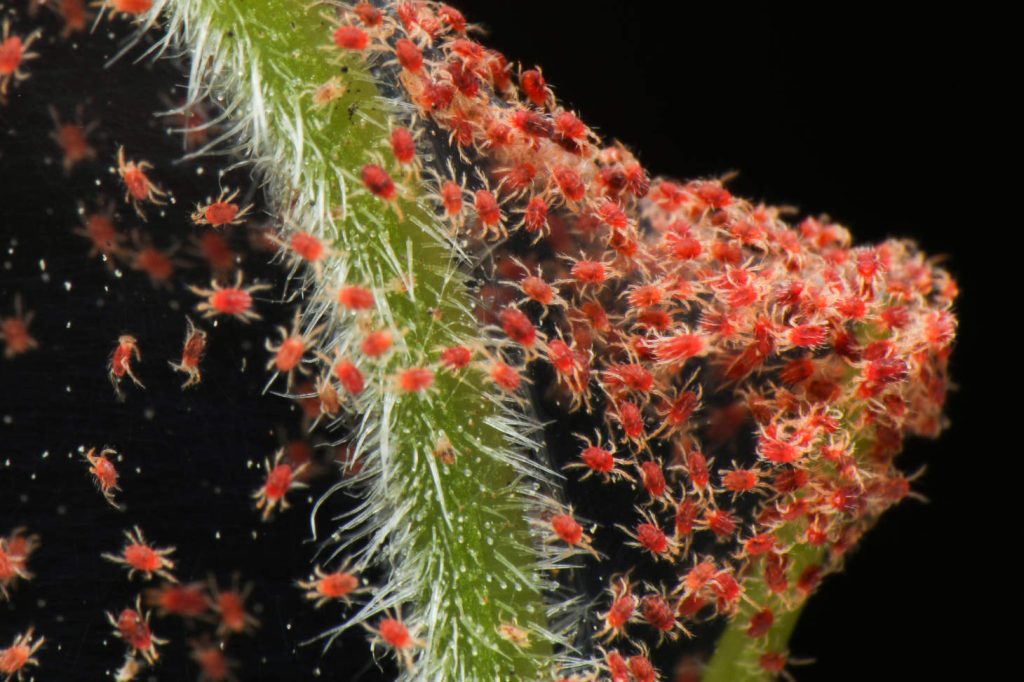
Early detection of spider mites can save your succulent plants from severe damage. Look closely at the surface of your cactus with a magnifying glass if possible. Spider mites appear as tiny yellow, red, or green dots.
Common signs include:
- Fine, silky webbing on the plant surface
- Yellow or white stippling and spots on the skin of the cactus
- A dusty look, even after cleaning
- Wilting or dull, unhealthy plant tissue
You may also notice honeydew or sticky residue left behind by other pests like scale or mealy bugs, which sometimes appear alongside spider mite infestations. Regular inspection is important, especially if you notice webbing or leaf discoloration.
Life Cycle and Impact on Succulents
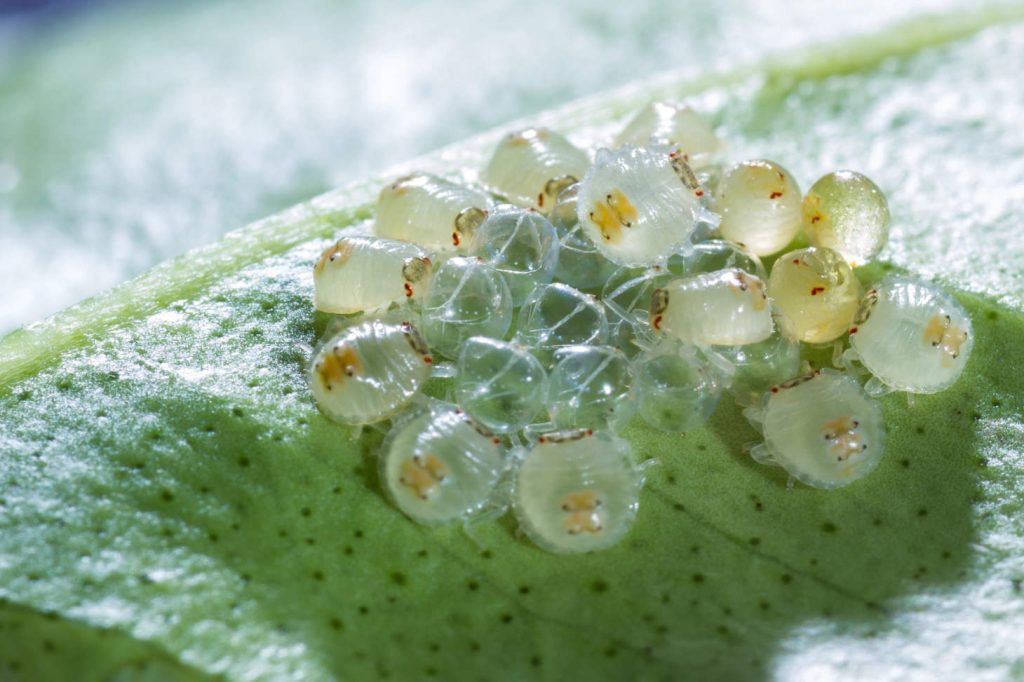
Spider mites have a fast life cycle, especially in warm conditions. Eggs hatch in as little as 1 to 2 days under warm conditions, but may take up to 3 weeks in cooler temperatures. This rapid reproduction helps spider mite populations build up quickly on cacti, aloe, agave, and other succulents.
These pests feed by piercing the plant cells and sucking out the contents. This weakens the plant, leading to stunted growth and increased risk for plant diseases or secondary infections. Over time, severe infestations can cause tissue loss and make the plant more vulnerable to other problems.
Controlling humidity, keeping plant surfaces clean, and regular monitoring will reduce the risk of recurring infestations.
Effective Pest Control and Prevention
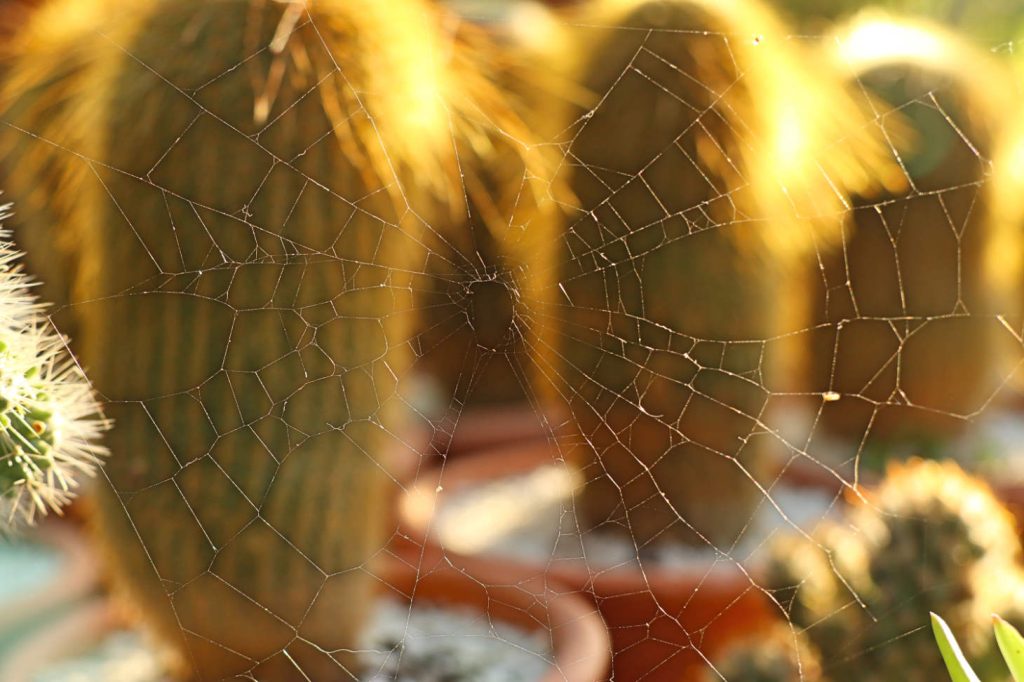
Keeping your cactus healthy means staying alert to signs of spider mite pests. Using a mix of targeted pest control, careful treatments, and changes to your plant’s environment can help stop an infestation and keep your cactus thriving.
Integrated Pest Management for Spider Mites
Start by inspecting your cactus often. Look for fine webs, speckled or faded spots on the pads or stems, and tiny moving dots, which could be spider mites.
If you spot pests, wash them off using a strong stream of water. Cover the soil so it doesn’t wash away. Repeat this as needed, since spider mite eggs can hatch quickly.
Quarantine new plants for at least two weeks before placing them near your other cacti. This prevents hidden mites from spreading. Regularly wipe off dust because spider mites like dusty surfaces.
Keep your cacti separate from infected plants. If growing in a greenhouse or indoors, use fans to improve ventilation and lower the chance of severe outbreaks.
Safe Chemical and Natural Treatments
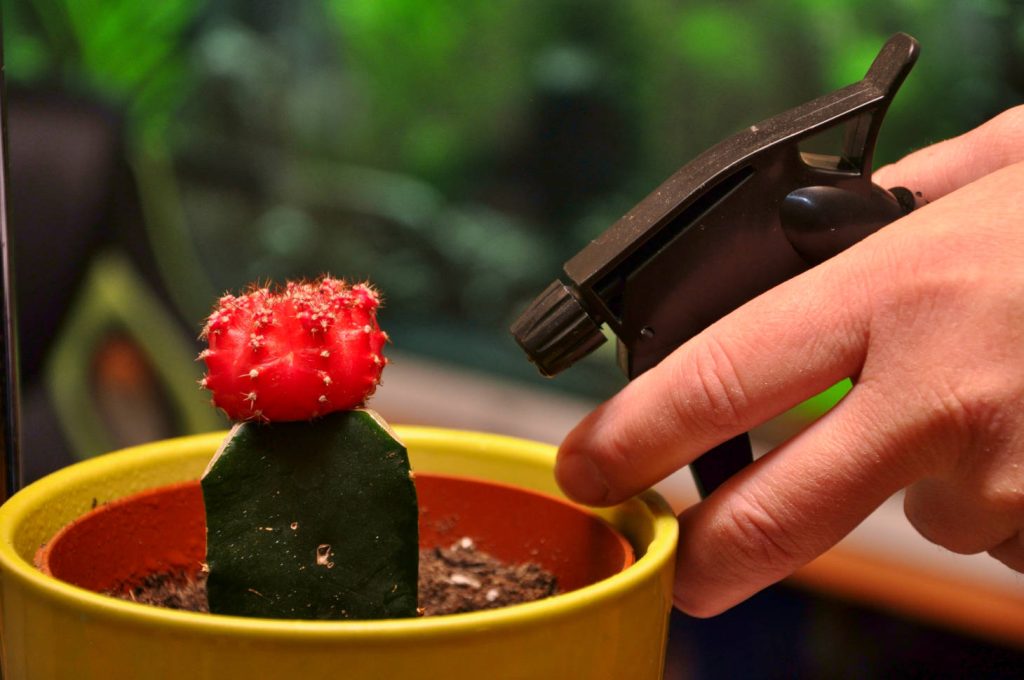
For mild cases, use insecticidal soap or neem oil. Spray the whole plant, making sure to cover both tops and bottoms of the pads or all around the stems if the cactus is cylindrical or spherical. Repeat every 7–10 days until you no longer see mites.
Diatomaceous earth is an organic option. Sprinkle it on the soil or gently around the plant base. It works by damaging the pests’ bodies as they crawl over it.
If the problem is severe, you can use systemic insecticides like imidacloprid, but use them carefully to avoid plant burn. Always read and follow the label directions, and avoid treating your plant during bright sunlight. Plants can get damaged if sprayed under strong light.
Do not use harsh chemicals more often than needed. Overuse can kill beneficial insects and harm your cactus.
Environmental Modifications to Discourage Pests

Spider mites thrive in hot, dry conditions. Raise humidity by misting the air around your cactus or placing a shallow tray of water nearby. Do not mist the cactus directly, as this may cause rot.
Ensure your cactus gets good sunlight but avoid extreme heat, which stresses the plant. If inside, position your cactus near bright windows but away from heaters or vents.
Keep the air moving. Use a small fan if your space is stagnant. Good air circulation keeps pests from settling in.
Clean the growing area often, removing dead leaves and debris where pests might hide. Regular cleaning and careful environmental controls make your cactus less inviting to spider mites and other pests.
Cactus Care Tips to Minimize Spider Pest Issues
Managing cactus spider pests starts with careful attention to your plant’s environment and daily care. Good practices reduce pest risk and help your cactus grow strong and healthy.
Optimizing Watering and Feeding Practices
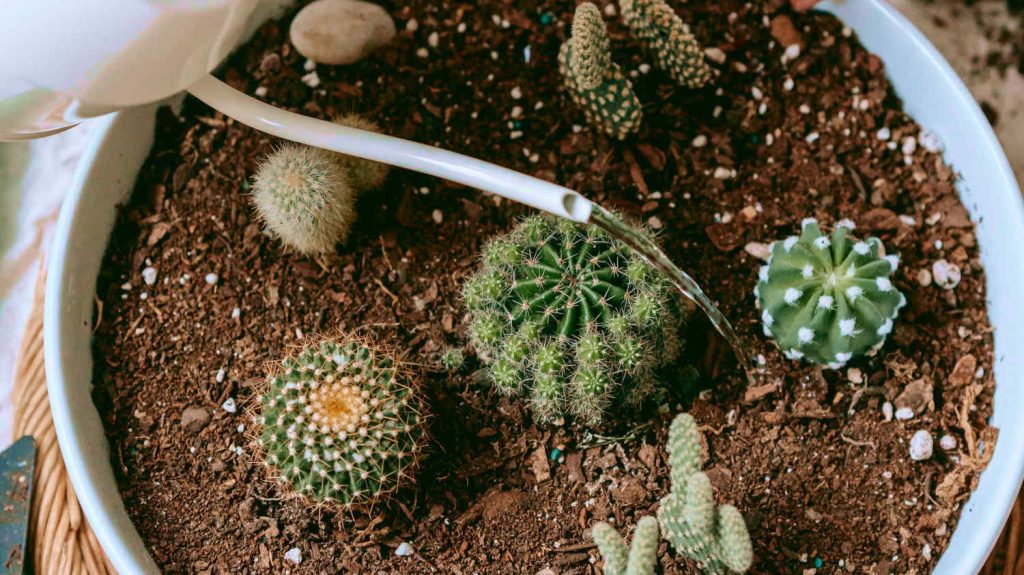
Spider pests such as spider mites thrive when cacti are stressed, often due to poor watering habits. Overwatering is a common problem and can weaken your cactus, making it more likely to be attacked. Water only when the soil is completely dry.
A regular watering schedule helps, but always check the soil first. Use a wooden stick or your finger about an inch deep to see if there is any moisture. Choose a well-draining soil mix. Avoid soils that hold water for a long time; cactus roots need to breathe.
Fertilize only during the active growing season, often in spring and summer. Follow label instructions; too much fertilizer can also stress the plant. Healthy, properly fed cacti have better resistance to pests. Do not feed during winter when the plant is dormant.
Routine Maintenance and Monitoring
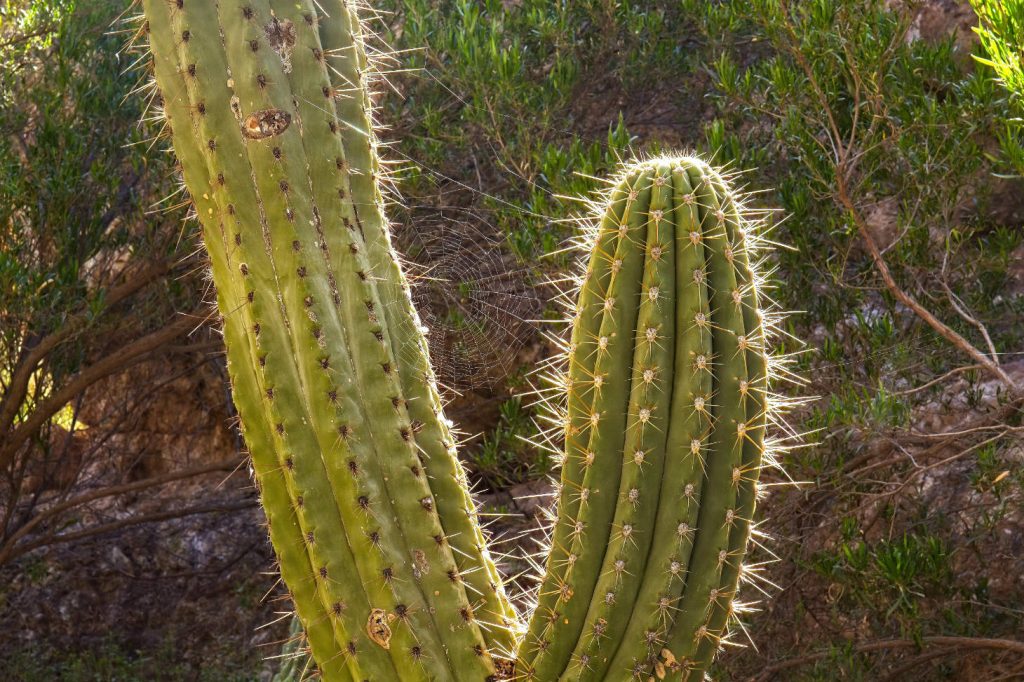
Regularly inspect your cactus for signs of spider mite activity. Look for small webs or tiny moving spots, usually red or brown, on stems and under the spines. Catching pest problems early makes them easier to control.
Dust and debris on the cactus can shelter pests. Use a soft brush or a gentle stream of water to keep your plant clean. Prune off any damaged or infested parts using sterile, sharp scissors. Dispose of any cuttings in a sealed bag.
Check nearby plants as well, since pests can spread. If you’re propagating, always start with clean, pest-free material. When repotting, use fresh, sterile soil and wash the pot if it’s being reused. Early action and routine care greatly lower the risk of a pest outbreak.

